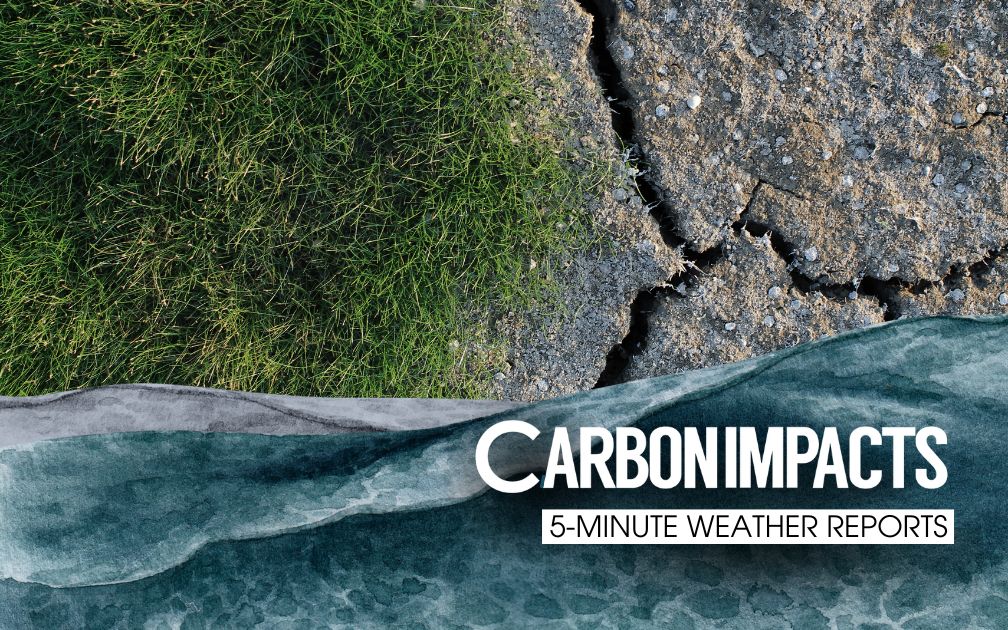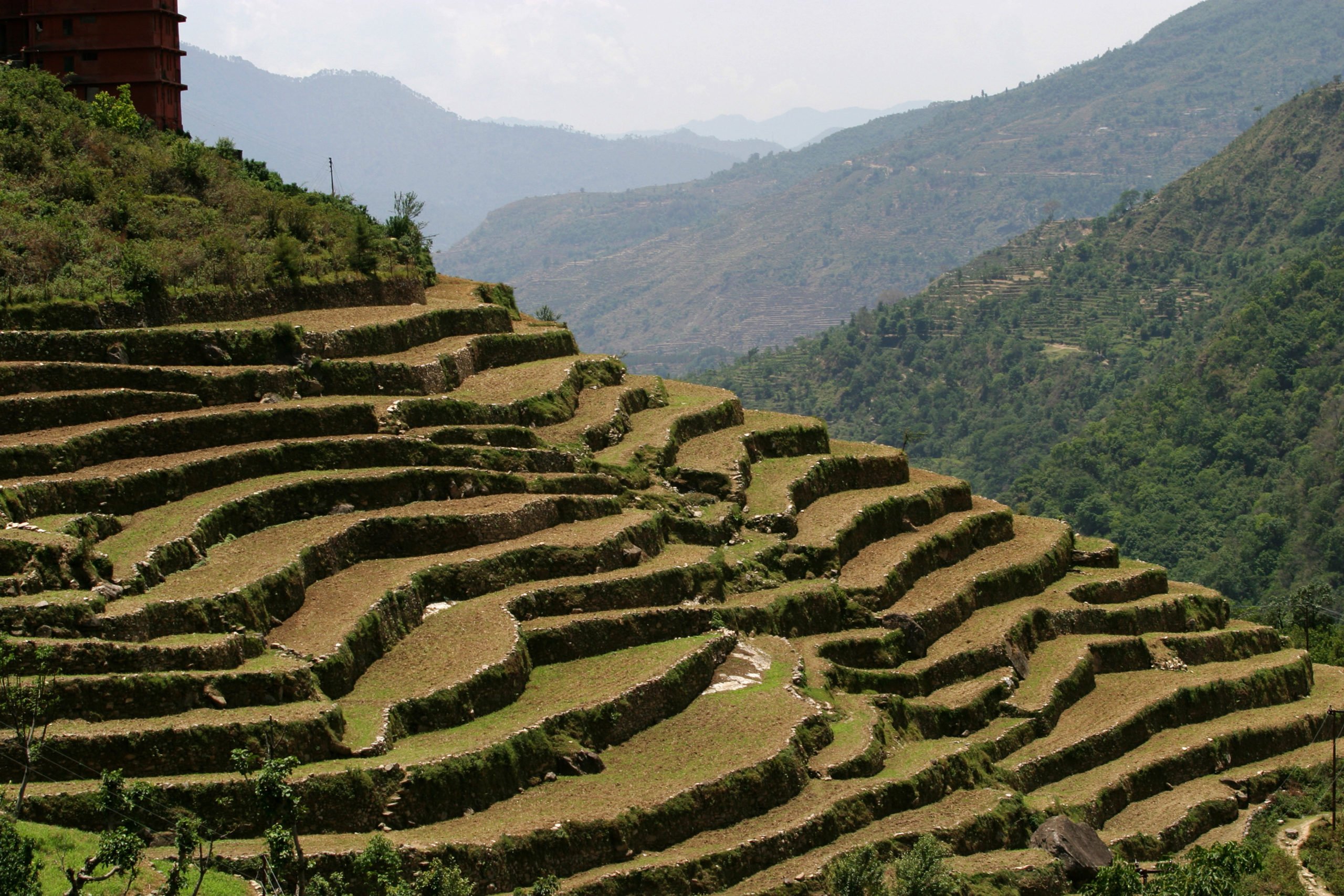August 2023 Breaks Monsoon Records, Driest in 120 years! Climate-Weather Podcast
In August 2023, history was made in India's weather records as it witnessed the driest August in over a century, with a rainfall deficit of 36%
By Carbon Impacts / Sep 2, 2023

Will the monsoon's fortunes change or the dry spell will persist in September?
August 2023 has gone down in history as the driest August in over 120 years! Let’s grasp the gravity of this alarming trend in this episode.
August 2023 has been marked as the driest August in the century, with 36 % below normal rains. Can you give us a bit more context on this historic event?
This August has seen a rainfall deficit of 36%, making it the driest August in the century, since 1901, when IMD started keeping proper records.
To put it in perspective, this dry spell surpasses the previous record set in 2005 when we had a 25% deficit. The country has received only 162.7 mm of rain compared to the normal rainfall of 255 mm.
It’s evident that South India has been significantly affected, experiencing drought-like conditions with a 60% rainfall deficit. Are there other regions that have been impacted as well?
While South India is indeed the hardest hit with 60% less rainfall, the situation in Northwest and Central India is far from ideal.
Both these regions are grappling with a large deficiency of over 35%.
What is particularly concerning is that the core Monsoon zone, which includes most of Central India, has been a deficit for most of the month. This area stretches from Gujarat in the west to West Bengal and Odisha in the east and is vital for rain-fed agricultural activities.
What are the key factors contributing to this unusual dry spell?
The primary reason is the extended break-monsoon conditions, wherein the axis of the Monsoon trough, responsible for giving rains over the Monsoon core zone, shifts along the Himalayan region. Heavy rains are confined over the hilly states and foothills during this time as we saw in Himachal. Meanwhile, rain is suppressed in the rest of the country.
The month saw three break monsoon spells, which altogether resulted in 20 days, the highest so far in the last three decades. It continues.
Only two low-pressure systems formed against the normal of 5 in August, and those two systems were also not very active and could have pulled back the Monsoon trough towards the south over the Core Monsoon zone.
Could you elaborate on how El Nino and other weather patterns have influenced this situation?
Of course, the developing El Nino played a role in prolonging the break monsoon and making it intense. It was also supported by the absence of sub-seasonal weather patterns like the Indian Ocean Dipole and Madden Julian Oscillation that boost rainfall.
What is there in store for September?
The situation is not very promising in the concluding Monsoon month. Although climate models indicate the revival of the Monsoon current in the first half of the month, that would not be enough to save the country from below normal Monsoon.
Both MJO and IOD are likely to be in a positive phase, but at the same time, the impact of El Nino will continue to grow over the Monsoon performance. So whatever recovery will be done during the first half will be consumed during the second half.
That wraps up our discussion on the unprecedented dry spell in August 2023 and the factors contributing to this concerning event.
Monsoon 2023 Rainfall Deficit El Nino

